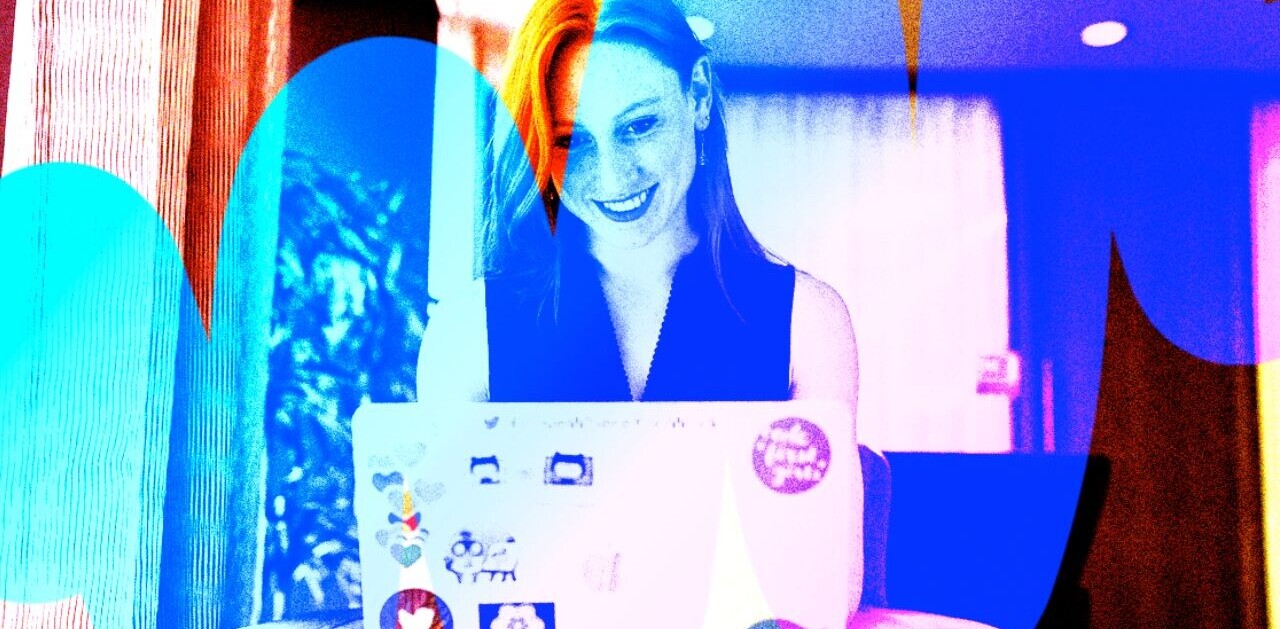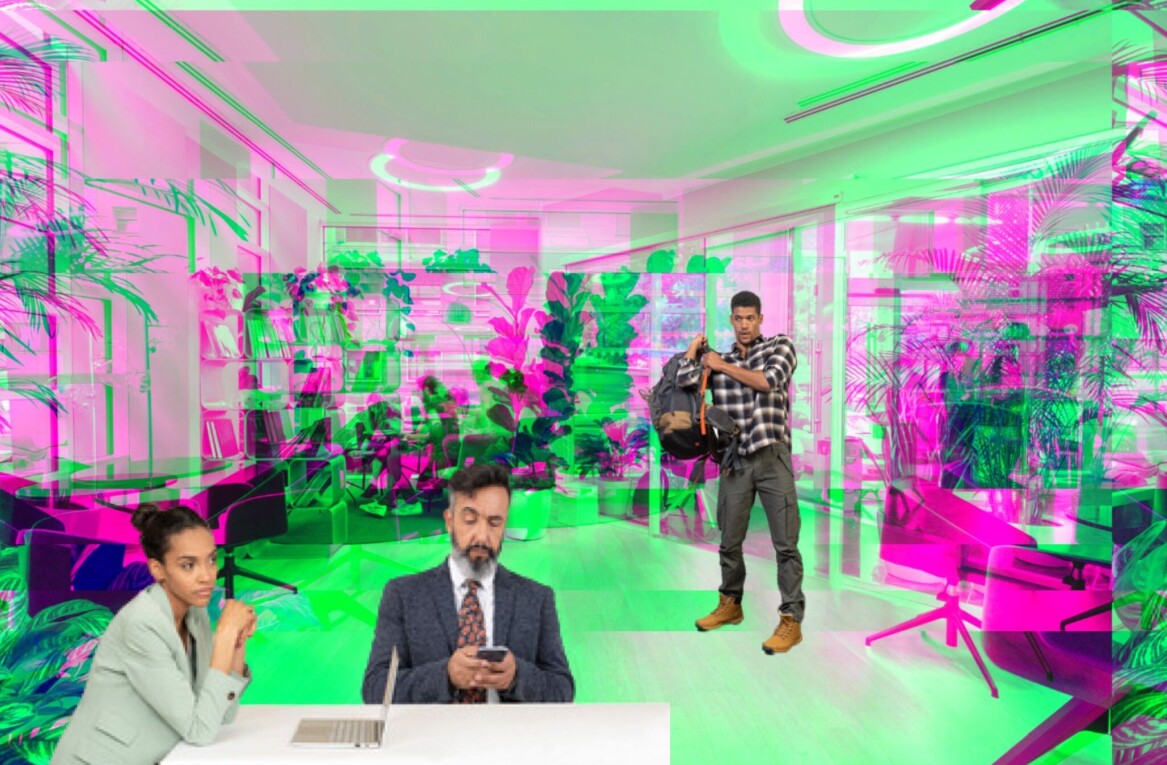
Last week at State of the Startup, a monthly event in NY (which I co-hosted) focused on the latest trends in the startup world, Behance cofounder and Chief of Design Matias Corea gave a talk about the design mistakes startups make, which then erupted into a discussion between the audience and his team. Now, we’re here to share the gems (and slides) with you.
Designers who code
Opening the talk, which followed Dan Maccarone‘s look at the problem with stealing bad ideas, Corea shared his strong opinions on designers who code, or what he calls “how to efficiently waste resources in your startup.” He explains his reasoning below:
It hurts the businesses to have designers do both roles because the change of mindset slows down the process of getting things done, after all we’re using 2 different parts of the brain to code or design. So unless you can’t afford developers to build your front end I believe it’s a poor use of resources.
Also the limited focus that a designer can ultimately dedicate to the development work will affect the scalability and the quality of the code overall. We have 4 front end developers dedicated to make the code smarter, faster and scalable.
With that in mind, he states that “it is obviously a good thing when designers understand code, but at least to [him], [he’d] rather have his designers focused on designing.” The core argument is that one person can continuously perfect something, or they can spread themselves thin over a number roles. At least from a recruiting standpoint, and if there are 4 or more members in your team, it makes complete sense.
With this in mind, I personally wouldn’t discount learning to code as a designer, especially if you’re searching to experiment and don’t have the resources to hire a developer.
The Design Process
On the subject of wireframing, Corea explains the importance of actually going through the process correctly. He advises how important it is to “understand the weight of things” and to consider the “typography, background and foreground.”

When we start the process of design we’re trying to understand interaction but those interactions are ruled by what we see. When we design with boxes instead of images we might make the wrong assumptions since we’re seeing a link next to a black/white box instead of a complex colorful image. Wireframes can be rough but I recommend using images instead of boxes.
Continuing on with the design process, Corea called out Lorem Ipsum; the default way of filling out work with dummy text. The problem is, according to Corea, that English has very distinct defining characteristics that this famous latin placeholder can’t provide.

It takes no time to go to CNN and grab text from an article. English words have a very particular taxonomy and it changes the way the page feels. English has lots of descendants, Ws, Ks, apostrophes, double letters, Latin doesn’t.
The reason for this is that it’s important to represent the “shapes of the words that we use.” As a side note, he says if you’re working with Spanish or Italian, you might be able to get away with it.
Typography Rules Everything
Continuing on this topic, Corea explains that typography rules everything. Unfortunately though, because the Web is only now truly becoming a forum of typographic expression, many Web designers “lack a certain basic knowledge of type that comes from print.”

I think it’s crucial for designers to learn basic typographic principles to make the web more readable.

Simple foundations, like balancing the spacing between words, paragraphs and columns, need to be considered for comfortable legibility. Other things to keep in mind include the width of columns in relation to the size of the type, where 10-14 words per line are ideal.
“It’s better to have a hole than an A**hole” – Neal Blumenthal
Moving from specific design practices to general team building, Corea emphasized how important it is for startups is to maintain a certain level of chemistry and rhythm of growth. He says “it’s better to fire someone fast, and have that hole, literally in the team, than to struggle with someone who doesn’t get it and doesn’t get along with people.”
Focus on the product, not the exit
This was the final message of the talk, and it’s something that every single point above emphasizes. The reality is, success comes from quality work and quality work stems from passion and sweat. It’s important to create something you truly care about, because that’s where the magic happens.
There’s certainly no one single way to work as a designer or a founder, but Corea’s words are definitely worth a listen. What do you think about this list? Let us know your thoughts and tips in the comments below.
Get the TNW newsletter
Get the most important tech news in your inbox each week.




